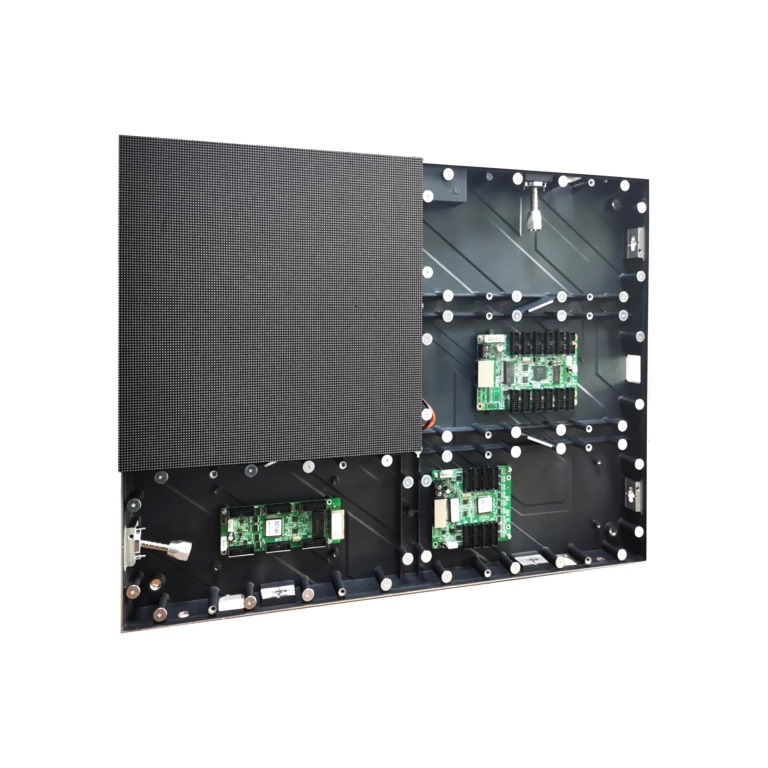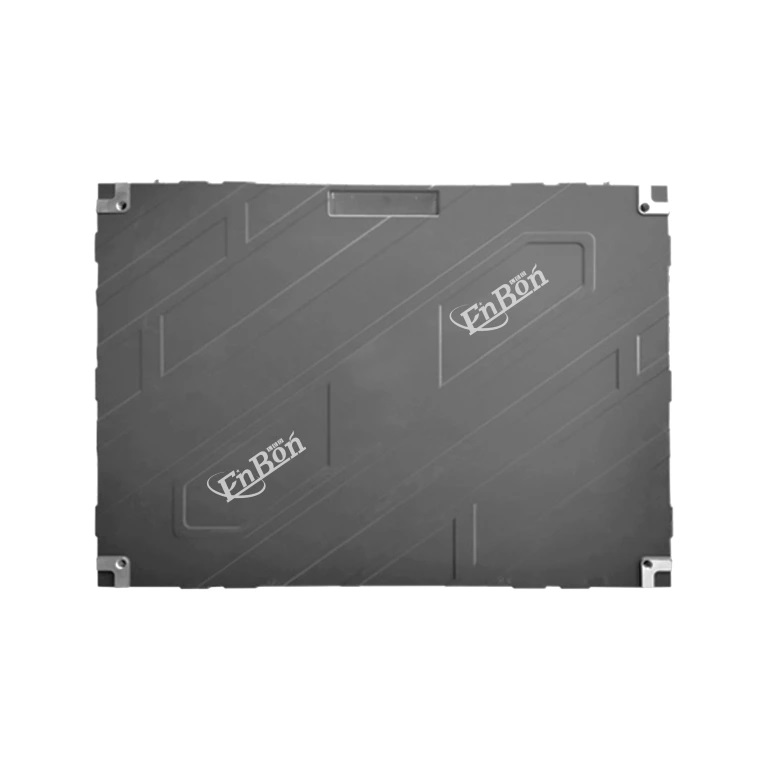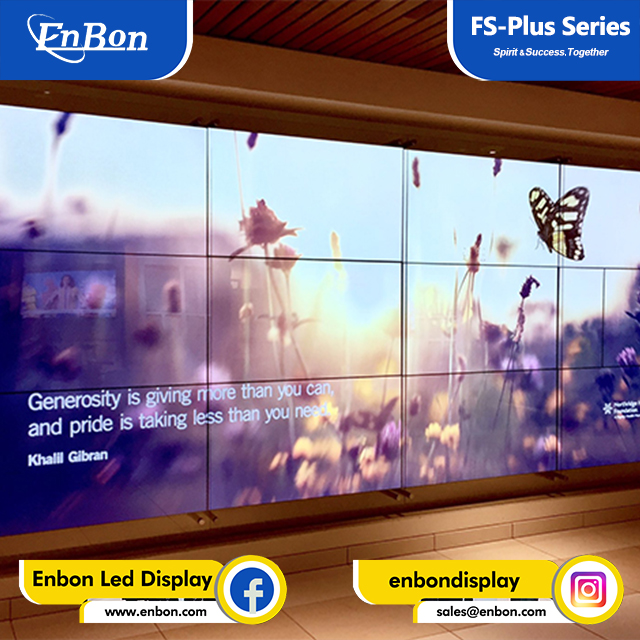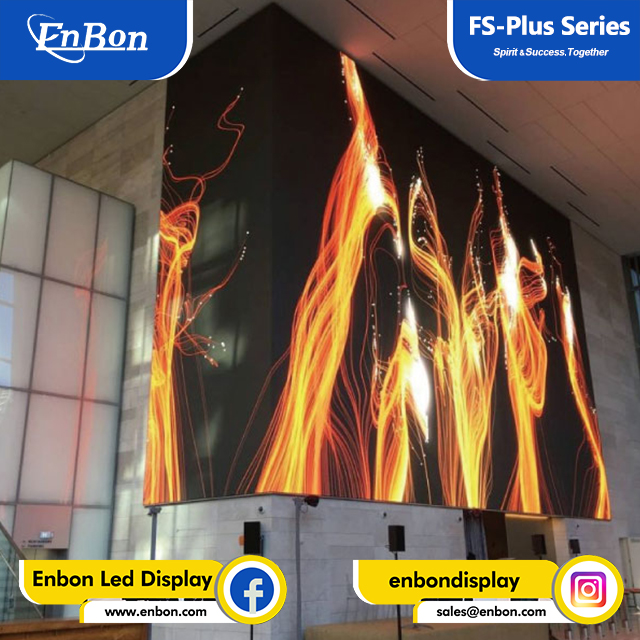Guided by scientific and technological innovation, Enbon always keeps outward-oriented and sticks to the positive development on the basis of technological innovation. led screen panels for church We will do our best to serve customers throughout the whole process from product design, R&D, to delivery. Welcome to contact us for further information about our new product led screen panels for church or our company.During the development of Enbon led screen panels for church, the interface with the device issue is taken into consideration with the purpose of reducing the tiny air gaps between the component and the product.
Enbon FS-Plus series is a LED display screen uses for indoor staging, exhibitions, shopping malls and other social events. The weight of the box is 40% lighter than the traditional iron box, which saves a lot of costs. Anti-knock design to avoid damage to the module, reducing maintenance and improve work efficiency. High brightness and high contrast maintain the suction cup tool before use. The iron plate is installed on the back of the module and is easy to disassemble and assemble. Current sharing gives consistent power to panel, in case of any panel power supply failure. With bringhtness control that you could adjust brightness degree to the resultt you want.
┃ Product Parameters
Pixel Pitch | 1.25, 1.53, 1.86, 2.5, 3 |
LED lamp | SMD1010(P1.25) SMD1515(P1.53, P1.86) SMD2020(P2.5, P3) |
Brightness | 500nits(P1.25) 600nits(P1.53) 800nits(P1.86) 900nits(P2.5, P3) |
Module pixel | 256*128dots(P1.25) 208*104dots(P1.53) 172*86dots(P1.86) 128*64dots(P2.5) 104*52dots(P3) |
Cabinet pixel | 534*400dots(P1.25) 405*304dots(P1.53) 341*256dots(P1.86) 256*192dots(P2.5) 213*160dots(P3) |
Module size | 320*160mm (P1.25, P1.53, P1.86, P2.5, P3) |
Cabinet size | 640*480*85mm(P1.25, P1.53, P1.86, P2.5, P3) |
Module weight | 0.5kg(P1.25, P1.53, P1.86, P2.5, P3) |
Cabinet Weight | 5.5kg(P1.25, P1.53, P1.86, P2.5, P3) |
Work humidity | 10% ~ 90% |
Work temperature | ﹣20 ~﹢65℃ |
Operating system | AV, S-Video, VGA, DVI, YPbPr, HDMI, SDI |
Brightness control | 256 level |
Max Power | 500 w/sqm(P1.25, P1.53, P1.86, P2.5, P3) |
| Average Power | 160 w/sqm(P1.25, P1.53, P1.86) 200 w/sqm(P2.5, P3) |
| IP rating | IP40 |
| Control way | Synchronous/Asynchronous |
Viewing Angle | ≥160° (horizontal), ≥160° (vertical) |
| Density | 695556dots/m2(P1.25) 401111dots/m2(P1.53) 284444dots/m2(P1.86) 160000dots/m2(P2.5) 111111dots/m2(P3) |
Cabinet Materiel | Die-casting Aluminum |
┃ Product Display


┃ Feedback


┃ FAQ
Q :What method do you use to improve luminance and color uniformity
A: The most important thing is to find out is what your screen manufacturer does to fix the inherent non-uniformity issues found in all LEDs. The method that yields the best results is the PWM correction method, and it often produces a screen that is cheaper than extreme binning methods, because the screen manufacturer does not need to purchase such tight binning lots from the LED manufacturers in order to achieve uniformity. Also, it enables the user to recalibrate the screen as the LEDs become dimmer over the course of several years.
Q: Are correction coefficients used for each pixel or only for each module?
A: For best results, correction coefficients should be provided for each pixel. Correction coefficients for the module can reduce or eliminate the patchwork quilt effect that shows modules with different brightness and color, but it cannot completely remove the boundary differences between different modules and will do nothing to eliminate the dirty window effect caused by pixel-to-pixel uniformity differences
Q: How many correction coefficients are used for each pixel?
A: It is possible to produce correction only for luminance and white point. A screen of this type will use 3x1 correction coefficients (3 coefficients for each pixel). A full color corrected screen will use 3x3 coefficients (9 coefficients for each pixel).
Q; Are the PWM coefficients stored in the modules in addition to storing them in the video controller?
A: The coefficients need to be stored in the video controller in order to perform the video signal processing; however, it is also very convenient to store them in a type of flash memory on the module. This not only provides a backup for the coefficients, but it also enables the module to automatically update the coefficient database in the video controller when it is moved or replaced.

In China, ordinary working time is 40 hours for employees who work full time. In Shenzhen Enbon Optoelectronic Co Ltd, most employees work abiding by this kind of rule. During their duty time, each of them devotes their full concentration to their work so as to provide customers with the highest-quality Indoor Fixed LED display and an unforgettable experience of partnering with us.

In essence, a long-standing led screen panels for church organization runs on rational and scientific management techniques that were developed by smart and exceptional leaders. The leadership and organizational structures both guarantee that the business will offer competent and high-quality customer service.

To draw in more users and consumers, industry innovators are continually developing its qualities for a larger range of application scenarios. Additionally, it can be customized for clients and has a reasonable design, all of which help grow the customer base and loyalty.

Regarding the attributes and functionality of the led screen panels for church, it is a kind of product that will always be in vogue and offer consumers limitless benefits. It can be a long-lasting friend for people because it is constructed from high-quality raw materials and has a lengthy lifespan.

The buyers of led screen panels for church come from many businesses and nations around the world. Before they begin working with the manufacturers, some of them may reside thousands of miles away from China and have no knowledge of the Chinese market.

Shenzhen Enbon Optoelectronic Co Ltd always considers communicating through phone calls or video chat the most time-saving yet convenient way, so we welcome your call for asking for the detailed factory address. Or we've displayed our e-mail address on the website, you are free to write an E-mail to us about the factory address.